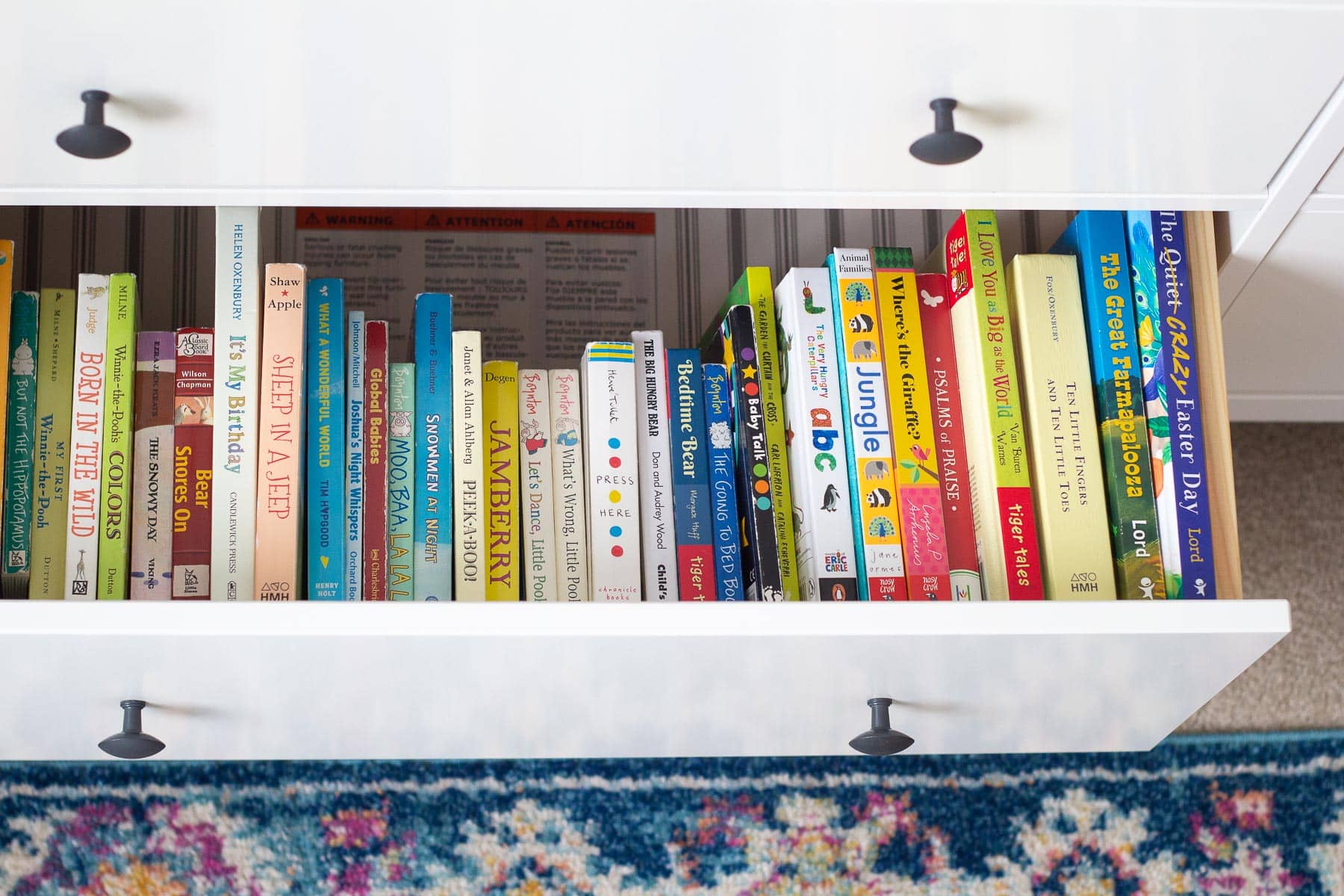

Articles
How To Store Kids Books
Modified: February 21, 2024
Learn effective strategies for storing and organizing kids' books with these informative articles. Make the most of your space and keep your little ones' reading materials tidy.
(Many of the links in this article redirect to a specific reviewed product. Your purchase of these products through affiliate links helps to generate commission for Storables.com, at no extra cost. Learn more)
Introduction
Welcome to the world of kids’ books! As a parent or guardian, you understand the importance of instilling a love of reading in your child from an early age. But with all the books that accumulate over the years, it can often become a challenge to keep them organized and easily accessible. This is where effective storage solutions come into play.
In this article, we will explore various strategies to help you store kids’ books in a way that is both practical and visually appealing. From choosing the right storage solutions to creating a kid-friendly reading corner, we will provide you with expert tips and insights to make the process seamless and enjoyable for both you and your child.
So, let’s dive in and discover the best practices for storing kids’ books!
Key Takeaways:
- Create a captivating and functional reading space for kids by choosing colorful bookshelves, involving them in organization, and adding cozy seating and soft lighting to encourage a love for reading.
- Keep kids’ bookshelves organized and visually appealing with regular cleaning, proper book placement, and creative storage solutions like hanging wall pockets and under-bed storage to maintain a love for reading.
Read more: How To Store Books In Storage
Choosing the Right Storage Solutions
When it comes to storing kids’ books, it’s important to choose the right storage solutions that are not only functional but also fun and engaging for your child. Here are some ideas to consider:
- Bookshelves: Bookshelves are a classic choice for organizing and displaying books. Look for sturdy, child-friendly bookshelves with adjustable shelves to accommodate different book sizes. Consider opting for bookshelves with colorful designs or personalized elements to make it more visually appealing for your child.
- Bookcases with Storage Bins: If you want to combine book storage with toy storage, consider bookcases that come with built-in storage bins. These bins can be used to store smaller books, toys, and other accessories, keeping everything neat and tidy in one place.
- Wall-Mounted Shelves: Wall-mounted shelves are a great space-saving option, especially for smaller rooms. Install shelves on an empty wall and arrange the books in an eye-catching way. This not only keeps the books organized but also adds a decorative touch to the room.
- Floating Bookshelves: Floating bookshelves are an innovative and visually appealing storage solution. These shelves give the illusion that the books are magically floating on the wall. They can be arranged in a whimsical pattern or placed in a row to create an interesting display.
- Book Carts: If you want a portable option that allows your child to easily access and transport their books, consider book carts. These mobile carts come with multiple shelves and wheels, making it convenient to move them from room to room. Your child can select their favorite books and take them wherever they go.
- Hanging Storage: Another space-saving option is hanging storage. Hang fabric or canvas organizers with multiple pockets on the back of doors or on walls to store books. Each pocket can hold one or two books, creating an organized and visually appealing display.
Remember, when choosing the right storage solution, consider factors such as the size of your space, your child’s age and preferences, and the overall aesthetic of the room. By selecting storage options that are functional and visually appealing, you can create an inviting reading environment for your child.
Sorting and Organizing Books
Once you have selected the perfect storage solutions for your child’s books, it’s time to sort and organize them in a way that makes it easy for your child to find and enjoy their favorite reads. Here are some tips to help you with this process:
- By Genre or Category: Sort the books by genre or category, such as picture books, chapter books, educational books, and storybooks. This makes it easier for your child to locate the type of book they are in the mood for.
- By Author or Series: If your child has a favorite author or series, consider organizing the books accordingly. This helps keep all the books by the same author or within a series together, making it more convenient for your child to read them in order.
- By Reading Level: If your child is at different reading levels, organize the books by reading difficulty. This allows your child to easily choose books that are appropriate for their reading level and gradually progress to more advanced books.
- Labeling: Use labels or stickers on the bookshelves or storage bins to indicate where each category of books is located. This makes it visually clear and easy for your child to identify where specific types of books are placed.
- Rotating Books: To keep your child’s reading experience fresh and exciting, consider implementing a book rotation system. Store some books away and swap them out after a certain period. This allows your child to rediscover books they may have forgotten about and makes reading feel like a new adventure.
- Getting Your Child Involved: Encourage your child to participate in sorting and organizing their books. Make it a fun activity by allowing them to choose how they want to categorize or arrange their books. This not only empowers them but also fosters a sense of ownership over their reading collection.
Remember, the key is to create an organized system that works for both you and your child. Find a method that suits your needs and preferences, while also considering your child’s age and capabilities. By involving your child in the process, you can instill a sense of responsibility and a love for organization.
Creating a Kid-friendly Reading Corner
A dedicated and inviting reading corner can make a world of difference in your child’s reading experience. It not only provides a cozy and comfortable space for them to dive into their favorite books but also brings an element of excitement and imagination. Here are some tips for creating a kid-friendly reading corner:
- Selecting a Location: Choose a quiet and well-lit area in your home for the reading corner. This can be in their bedroom, a corner of the living room, or even a nook under the stairs. The goal is to create a space that is free from distractions and promotes a peaceful reading environment.
- Comfortable Seating: Provide comfortable seating options that encourage your child to relax and immerse themselves in their books. This can range from a cozy bean bag chair or a soft cushioned floor mat to a small reading chair or a mini sofa. Make sure the seating is child-sized and cozy enough for them to snuggle up with a good book.
- Soft Lighting: Consider adding soft, adjustable lighting to create a cozy atmosphere in the reading corner. Opt for table lamps, floor lamps, or even string lights to add a warm and inviting glow. Avoid harsh or bright lighting that may strain your child’s eyes while reading.
- Pillows and Blankets: Add a touch of comfort and coziness by including pillows and blankets in the reading corner. Your child can use them to prop themselves up, lean against, or wrap themselves in while enjoying their reading sessions. This adds an element of comfort and makes the reading corner more inviting.
- Personalize the Space: Make the reading corner feel special by adding personal touches. Hang up your child’s artwork or create a gallery wall of their favorite book covers. Display their name in colorful letters on the wall or incorporate their favorite characters into the decor. Personalizing the space adds a sense of ownership and makes it more appealing to your child.
- Display Books: Have a small bookshelf or book display rack in the reading corner to showcase some of your child’s favorite books. Facing the covers forward can attract their attention and make it easy for them to select a book. This also creates a visually appealing display and encourages your child to explore different titles.
- Add Fun Elements: Consider adding some fun and engaging elements to the reading corner. This can include a hanging canopy, themed decorations, a chalkboard or whiteboard for doodling and writing book recommendations, or a small basket of reading accessories like bookmarks and reading timers. These elements make the reading corner a playful and enjoyable space.
Remember, the key is to create a reading corner that reflects your child’s personality and interests. Involve them in the process and let their creativity shine through. By creating a kid-friendly reading corner, you are not only providing a comfortable and inviting space for your child to read but also fostering a love for books and a lifelong passion for reading.
Store kids’ books in a way that makes them easily accessible to encourage reading. Use bookshelves or bins to keep them organized and visible, and consider rotating the selection to keep things fresh and interesting.
Tips for Maintaining Bookshelf Order
Keeping your child’s bookshelf organized and tidy is essential for easy accessibility and prolonged book life. Here are some useful tips to help you maintain bookshelf order:
- Regular Cleaning: Set aside time every few months to clean and dust the bookshelf. This removes any dirt or debris that may have accumulated and keeps the books in good condition.
- Proper Book Placement: Ensure that the books are standing upright on the shelves, with their spines facing outward. This allows for easy identification and retrieval of books.
- Staggered Book Placement: Stagger the placement of books on each shelf instead of aligning them in a straight vertical line. This prevents the books from leaning and falling over and adds visual interest to the bookshelf.
- Bookends or Book Stops: Use bookends or book stops to keep the books aligned and prevent them from tipping over. There are many fun and decorative options available that can add a touch of creativity to the bookshelf.
- Keep Series Together: If your child has books from the same series, keep them together on the shelf. This makes it easier for your child to find and read the books in order.
- Separate Fiction and Non-fiction: If your child has a mix of fiction and non-fiction books, consider separating them into different sections or shelves. This helps your child easily distinguish between the two categories when selecting a book.
- Regularly Rotate Books: To maintain your child’s interest in their bookshelf, periodically rotate the books. Swap out a selection of books with ones that have been stored away. This brings a sense of novelty and keeps the bookshelf fresh and exciting.
- Allow for Growth: As your child’s collection expands, ensure that there is enough space on the bookshelf to accommodate new additions. Avoid overcrowding the shelves, as this can make it difficult to access and browse through the books.
- Encourage Return: Teach your child the importance of returning books to their designated spots after reading. Encourage them to develop the habit of putting books back on the shelf to maintain organization and prevent clutter.
- Regularly Assess and Donate: Regularly assess your child’s book collection and consider donating books they have outgrown or are no longer interested in. This helps keep the bookshelf clutter-free and ensures that there is always space for new books.
By following these tips and establishing good bookshelf maintenance habits, you can create a well-organized and visually appealing bookshelf that promotes a love for reading and keeps your child’s book collection in great shape.
Read more: How To Store Books In Boxes
Alternative Storage Ideas
While traditional bookshelves are a popular choice for storing kids’ books, there are also alternative storage ideas that can add a unique and creative touch to your child’s reading space. Here are some creative storage solutions to consider:
- Basket Storage: Use baskets or woven bins to store books. These can be placed on the floor or on shelves and provide a rustic and charming storage option. Baskets with handles make it easy for your child to carry their books around the house.
- Sling Bookshelves: Sling bookshelves feature fabric pockets that hold books, allowing your child to see the cover of each book. These shelves can be mounted on the wall or placed on the floor, creating an interactive and visually appealing display.
- Under-bed Storage: Utilize the space under your child’s bed by using under-bed storage containers or rolling drawers to store books. This maximizes space and keeps the books easily accessible without taking up additional room in the bedroom.
- Hanging Wall Pockets: Hang fabric pocket organizers on the wall to create vertical storage for books. These can be vibrant and colorful, adding a playful touch to your child’s reading area.
- Crate Shelving: Repurpose wooden crates by stacking them horizontally or vertically to create open shelving units. This not only provides storage for books but also adds a rustic and creative element to the room.
- Window Ledge Storage: Utilize the space on window ledges by placing books in a neat row. This not only creates a visually captivating display but also allows natural light to illuminate the covers of the books.
- Collapsible Fabric Bins: Use collapsible fabric bins with labels to create a versatile storage solution. These bins can be placed on bookshelves or in cubbies, providing a flexible and easily adjustable system for organizing books.
- Magazine Holders: Repurpose magazine holders as book holders to keep books upright and organized. These can be placed on shelves or mounted on the wall, creating a sleek and stylish storage option.
- Wire Wall Grids: Mount wire wall grids on the wall and use them to hang book pockets or clips to keep books neatly organized and visible. This adds an industrial and modern touch to your child’s reading area.
- Book Trolleys: Invest in a book trolley with multiple shelves and wheels, providing a portable storage option for books. This allows your child to easily transport their books from room to room and promotes reading on the go.
By exploring alternative storage ideas, you can add creativity, personality, and functionality to your child’s reading space. Remember to choose storage options that fit your child’s needs and preferences while enhancing the overall aesthetic of the room.
Conclusion
Storing kids’ books doesn’t have to be a daunting task. With the right storage solutions, organization methods, and a touch of creativity, you can create a functional and engaging space for your child’s reading materials. By implementing the tips and ideas provided in this article, you can ensure that your child’s books are easily accessible, well-organized, and visually appealing.
Remember to choose storage solutions that suit your space and your child’s preferences. Bookshelves, bookcases with storage bins, floating shelves, or hanging organizers can all contribute to a well-organized collection. Sorting books by genre, author, or reading level, and involving your child in the process, will make it easier for them to find their favorite reads.
Creating a kid-friendly reading corner adds an extra element of excitement and comfort to the reading experience. Consider incorporating comfortable seating, soft lighting, pillows, and blankets to make it a cozy nook for your child to immerse themselves in books. Personalizing the space and displaying books can further enhance their interest in reading.
Maintaining bookshelf order is crucial for easy access and book care. Regular cleaning, proper book placement, labeling, and involving your child in bookshelf maintenance can help keep everything in order. Additionally, considering alternative storage ideas such as basket storage, sling bookshelves, or under-bed storage can bring a unique and creative touch to your child’s reading area.
In conclusion, by implementing the tips and ideas discussed in this article, you can create an organized, accessible, and visually appealing storage system for your child’s books. A well-curated and inviting reading space will not only cultivate a love for reading but also provide a comfortable and enjoyable environment for your child’s literary adventures.
So, go ahead and embark on this journey of organizing and storing your child’s books. Your efforts will foster a lifelong passion for reading and create cherished memories for years to come.
Frequently Asked Questions about How To Store Kids Books
Was this page helpful?
At Storables.com, we guarantee accurate and reliable information. Our content, validated by Expert Board Contributors, is crafted following stringent Editorial Policies. We're committed to providing you with well-researched, expert-backed insights for all your informational needs.
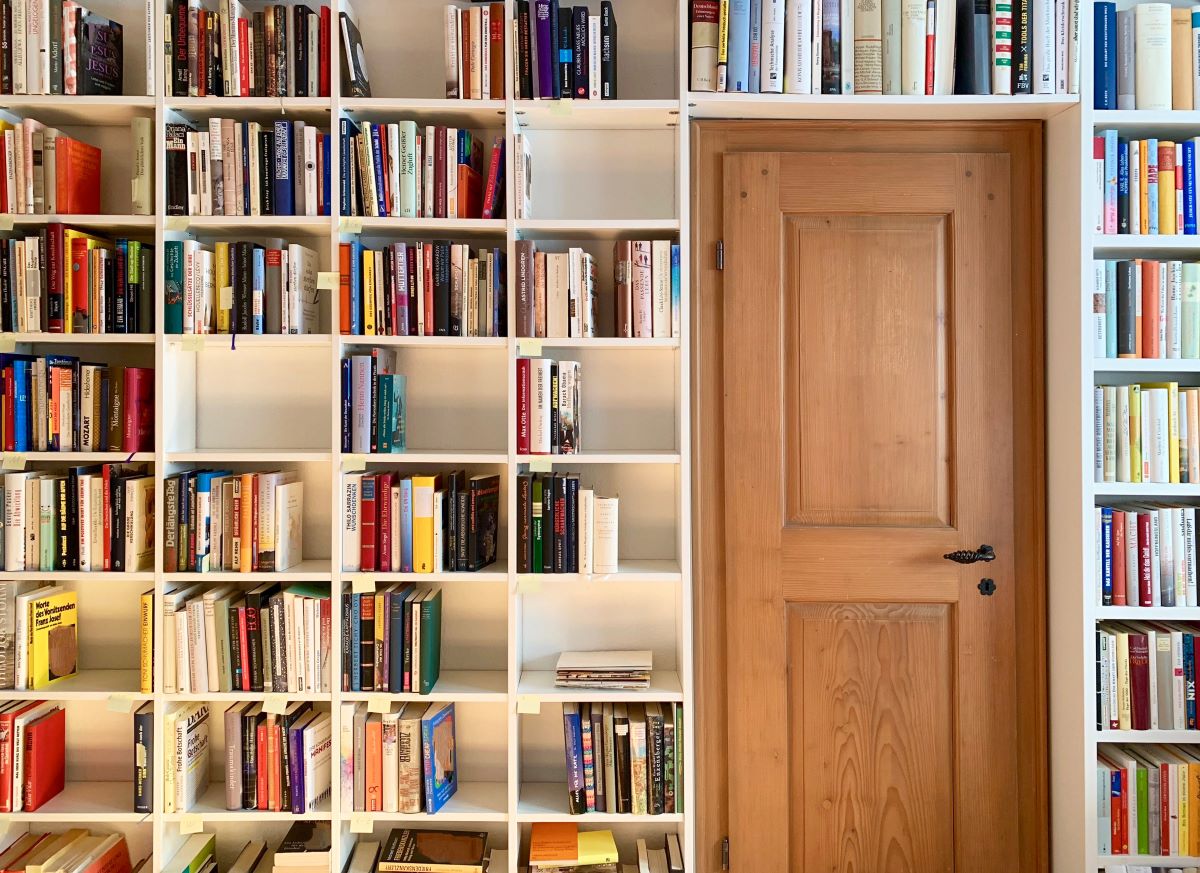

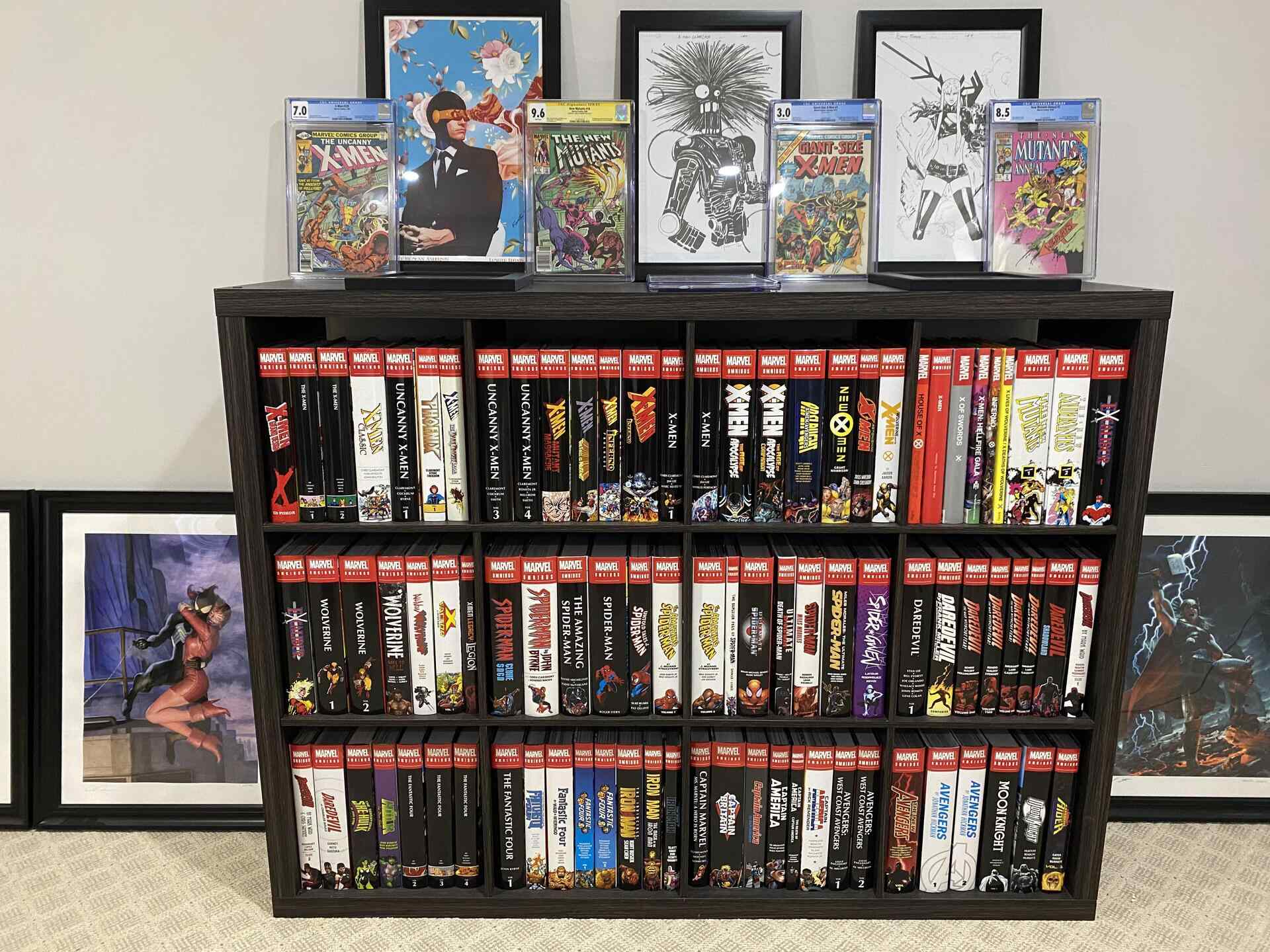
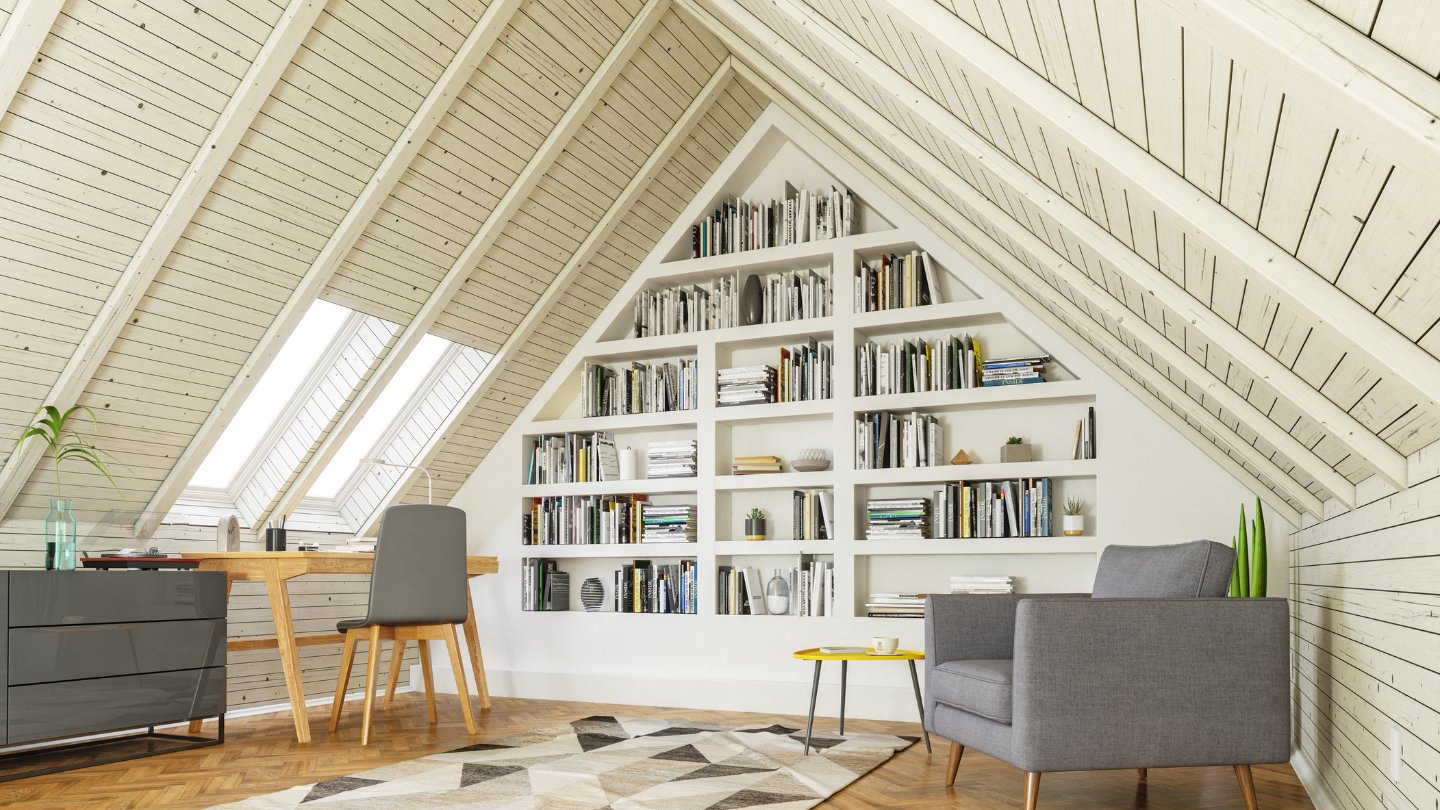
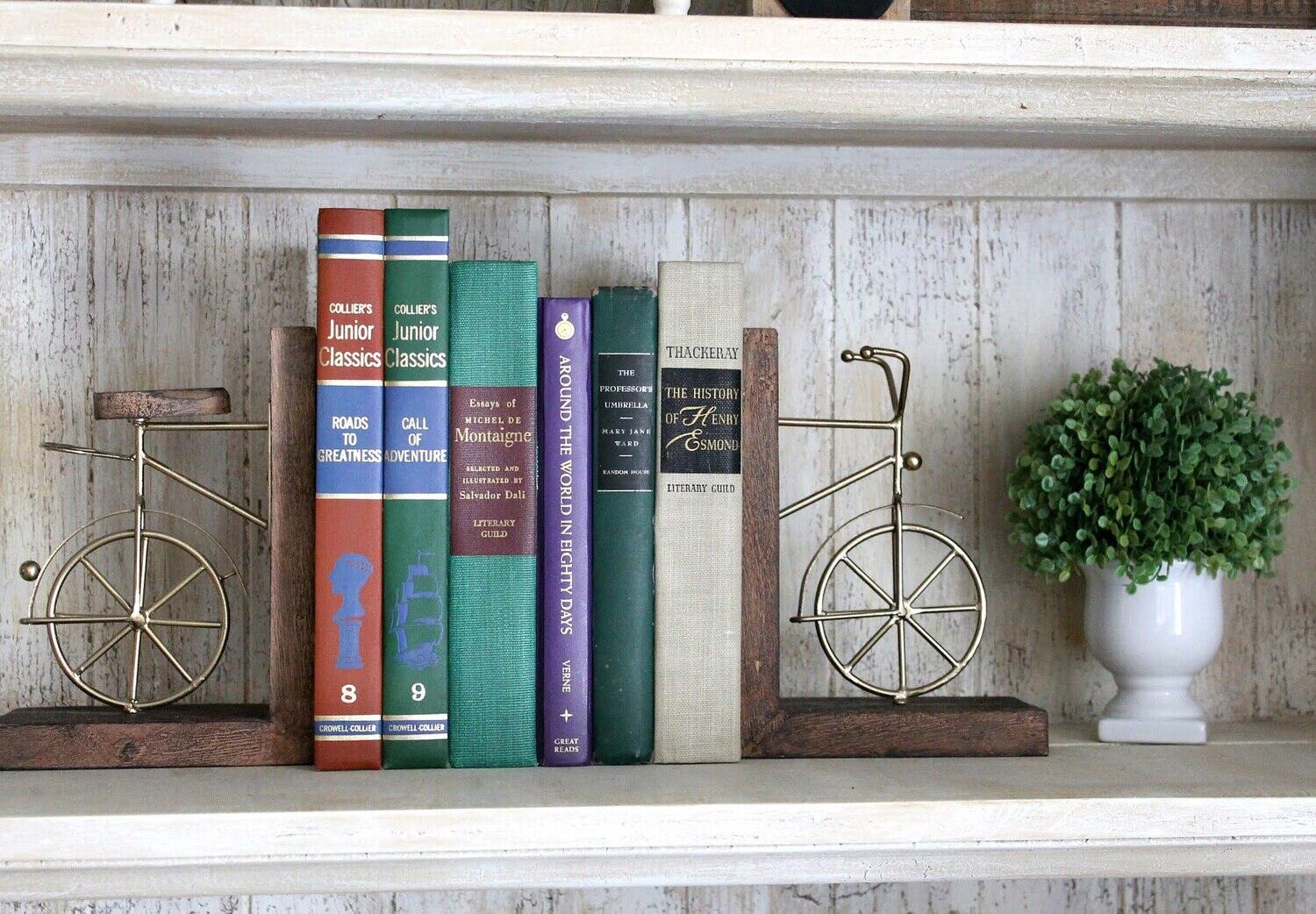
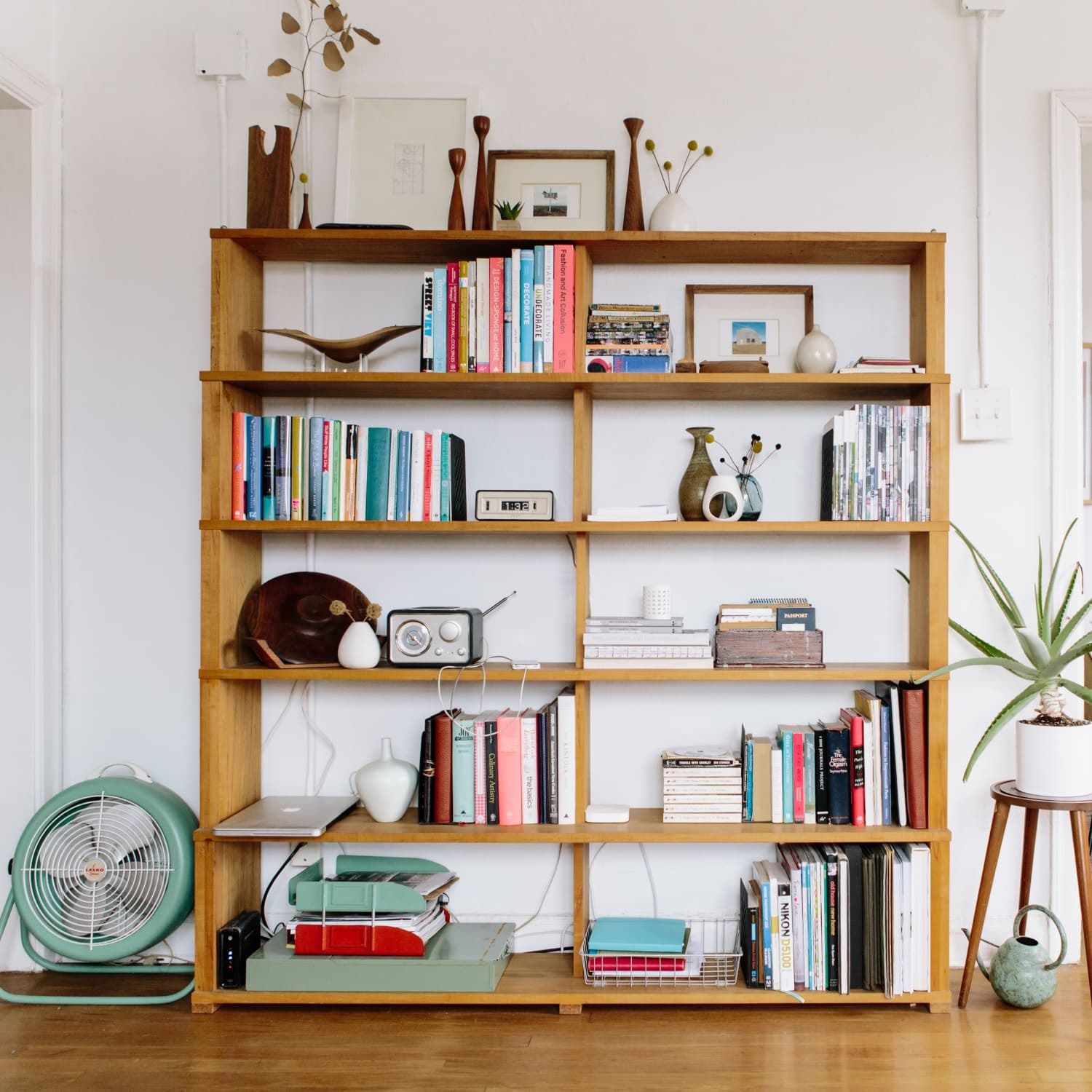
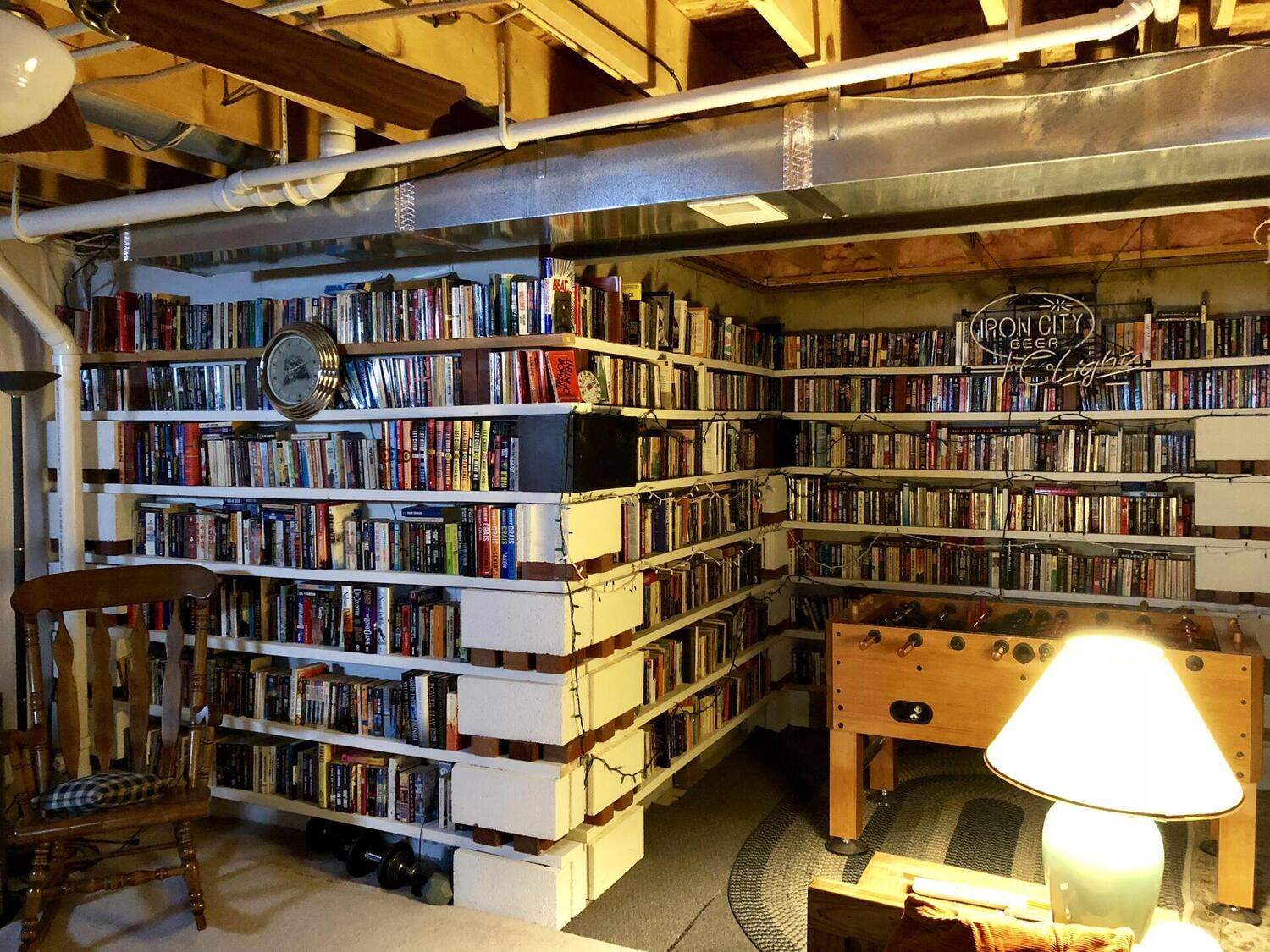
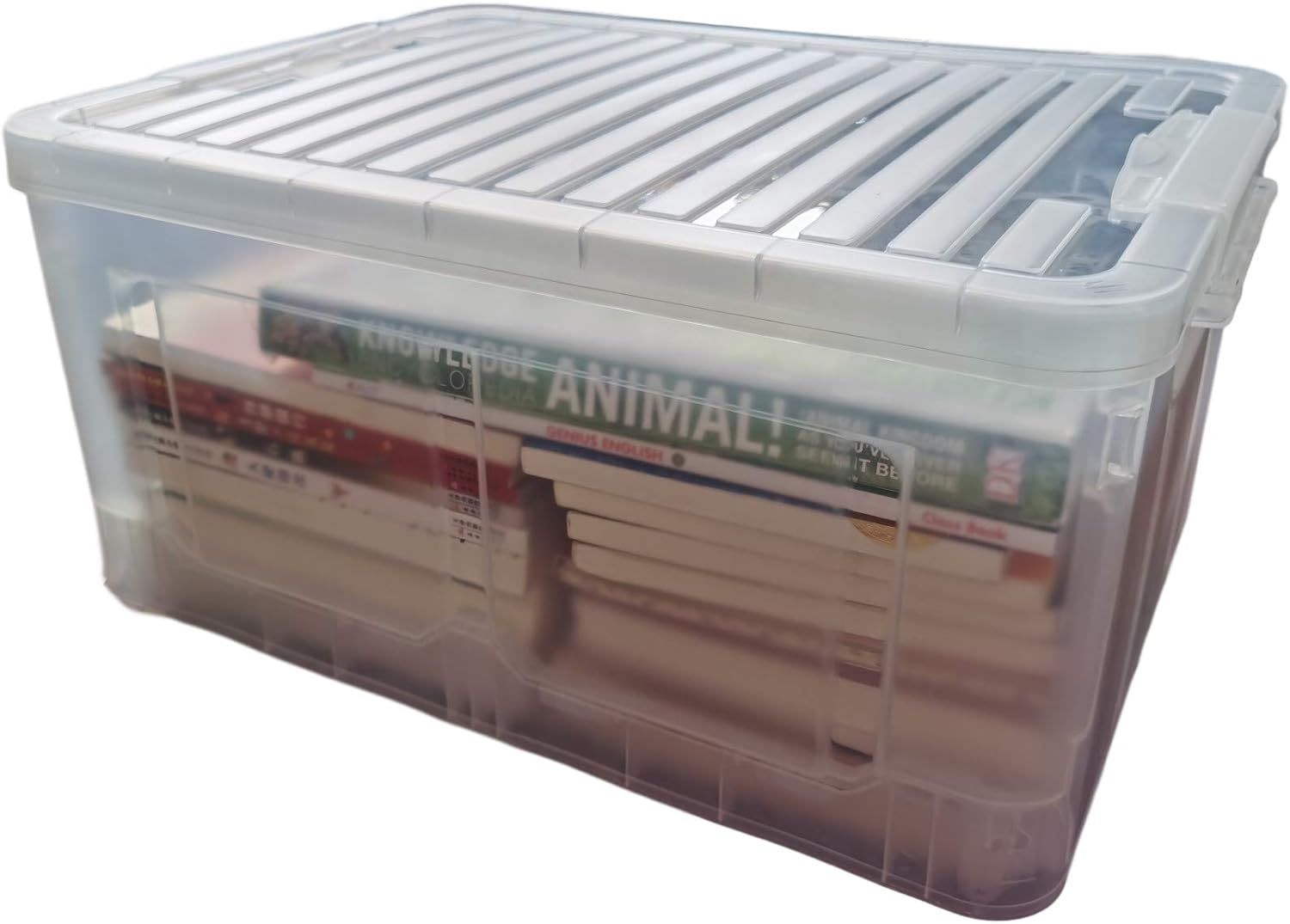


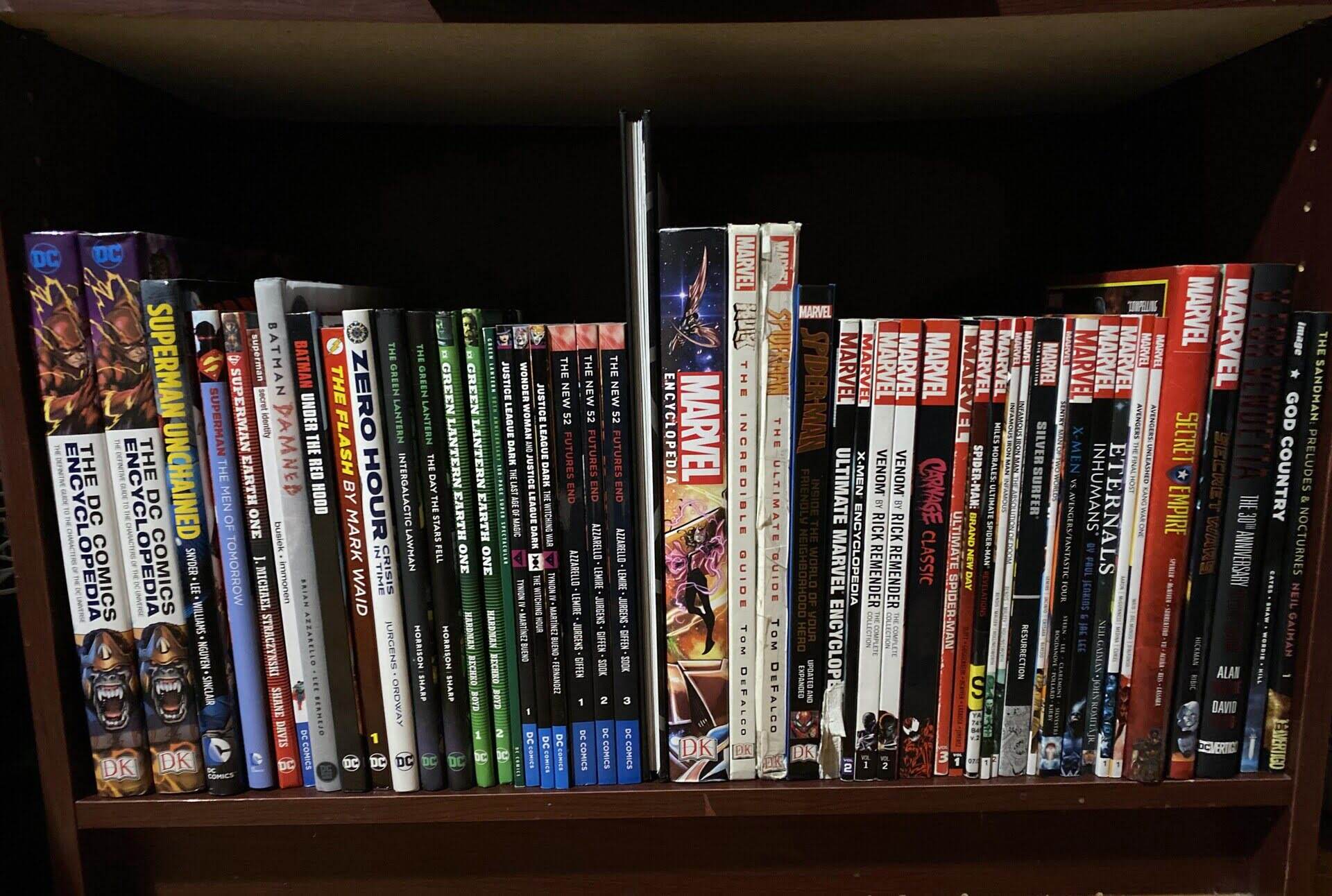

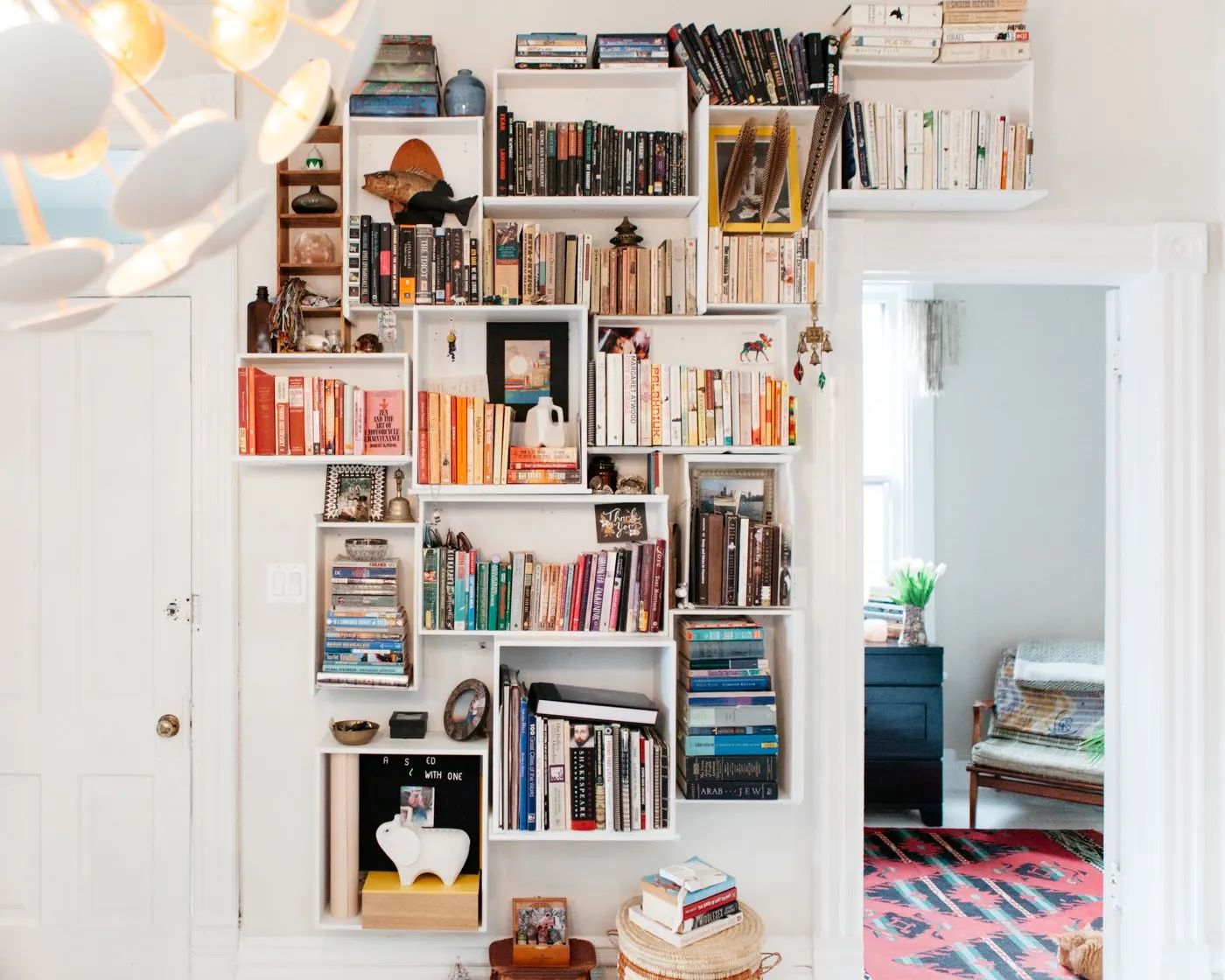
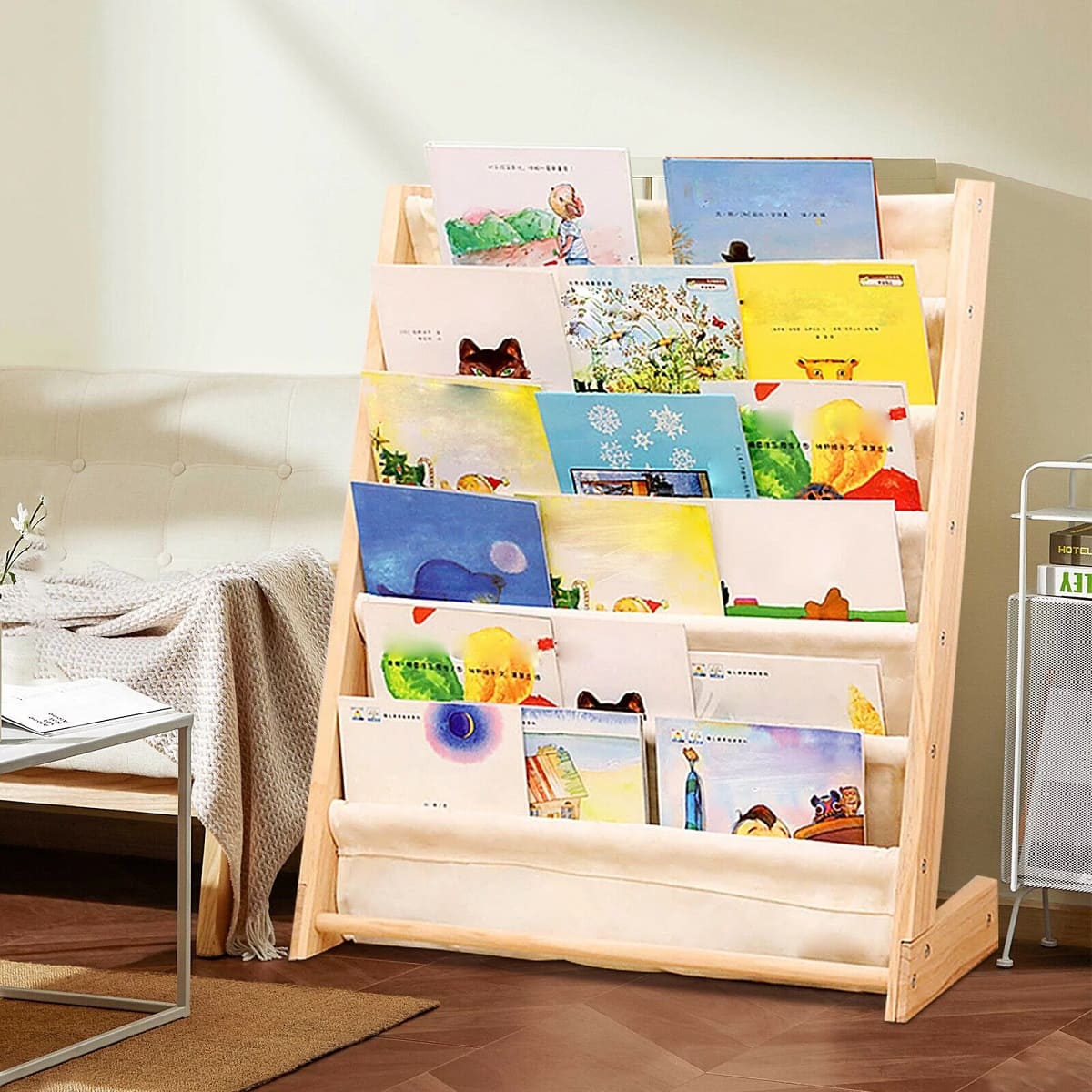

0 thoughts on “How To Store Kids Books”